
Anthony Cornero Stralla also known as "the Admiral" and "Tony the Hat" (August 18, 1899 - July 31, 1955) was an organized crime figure in Southern California from the 1920s through the 1950s. During his varied criminal career, he bootlegged liquor into Los Angeles, ran gambling ships in international waters, and operated casinos in Las Vegas.
Early life
Born in Lequio Tanaro, a small village in Cuneo Province in the Piedmont region of Northern Italy, Cornero and his family immigrated to the United States after his father lost the farm in a card game and a fire destroyed their harvest. Cornero's father died a few years later and his mother married Luigi Stralla, a former suitor from Italy. After their arrival in San Francisco, Cornero used the aliases Tony Cornero and Tony Stralla as he signed on to merchant ships bound for the Far East.
At age 16, Cornero was arrested for robbery. He pled guilty and was sentenced to ten months in reform school. He would accumulate a lengthy criminal record during the next ten years, including two counts of bootlegging and three counts of attempted murder. By the early 1920s, Cornero was driving a taxi cab for a living.
Prohibition
In 1923, with Prohibition in effect, Cornero became a rumrunner. His clientele included many high-class customers and night clubs.
Using a shrimping business as a cover, Cornero started smuggling Canadian whiskey into Southern California with his small fleet of freighters. One of Cornero's ships, the SS Lily, could transport up to 4,000 cases of bootleg liquor in a single trip. Cornero would unload the liquor beyond the three-mile limit into his speedboats, which would bring it to the Southern California beaches. His fleet easily evaded the understaffed and ill-equipped U.S. Coast Guard. By the time Cornero turned 25, he had become a millionaire.
However, in 1926 the law caught up with Cornero. Returning from Guaymas, Mexico, with an estimated 1,000 cases of rum, Cornero was intercepted and arrested. Sentenced to two years imprisonment, he jokingly told reporters he'd only purchased the illegal cargo "to keep 120 million people from being poisoned to death." While being transported by rail to prison, Cornero escaped from his guards and jumped off the train. Cornero boarded a ship for Vancouver, British Columbia and fled the U.S. Eventually reaching Europe, he spent several years there in hiding. In 1929, Cornero returned to Los Angeles and turned himself in to law enforcement.
In 1931, shortly after his release from prison, Cornero established the Ken Tar Insulation Company in Southern California. However, federal authorities soon discovered it was a cover for a large scale bootlegging operation and raided it. Cornero then moved his operations to a location in Culver City, California. Soon he was producing up to 5,000 gallons of alcohol a day. Federal authorities raided the Culver City site, but found no evidence of bootlegging; Cornero was probably warned about the raid.
Las Vegas
With the repeal of Prohibition, Cornero moved into gaming. He and his brothers Louis and Frank moved to Las Vegas, Nevada, and took an option to purchase a 30-acre (120,000 m2) piece of desert land outside the Las Vegas city limits. Cornero soon opened “The Green Meadows,” also known as The Meadows, one of the earliest major casinos in the Las Vegas area. As the Meadows started making big money, Cornero began investing in other Las Vegas casinos.
However, Cornero's success soon brought unwanted attention. Charles "Lucky" Luciano, boss of the New York Luciano crime family and his associates, casino owner Meyer Lansky and mobster Frank Costello, demanded a percentage of Cornero's gaming profits. Cornero refused to comply and a gang war briefly took place. After the New York mobsters torched the Meadows, Carnero sold his Las Vegas interests and moved back to Los Angeles.

Floating casinos
In 1938, Cornero decided to open a shipboard gaming operation off the Southern California coast. Sailing in international waters, Cornero would be able to run his gambling dens without interference from U.S. authorities.
Cornero purchased two large ships and converted them into luxury casinos at a cost of $300,000. He named the ships the SS Rex and the SS Tango. Cornero's premier cruise ship was the SS Rex, which could accommodate over 2,000 gamblers. It carried a crew of 350, including waiters and waitresses, gourmet chefs, a full orchestra, and a squad of gunmen. Its first class dining room served French cuisine exclusively.
The two ships were anchored outside the 'three mile limit' off Santa Monica and Long Beach. The wealthy of Los Angeles would take water taxis out to the ships to enjoy the gambling, shows, and restaurants.
In October 1939, the Los Angeles Zoo was facing a financial crisis. Always the good citizen, Cornero offered the zoo a day's proceeds from the SS Rex. Considering that his ships were earning $300,000 a cruise, this was no idle gesture. Although zoo officials seriously considered the offer, pressure from state politicians forced them to decline it.
The end of the fleet
The success of Cornero's floating casinos brought outrage from California officials. State Attorney General Earl Warren ordered a series of raids against his gambling ships.
On May 4, 1946, after Warren became governor of California, he issued a public statement declaring his intentions to shut down gambling ships outside California waters; Warren said he intended, "to call the Navy and Coast Guard if necessary." During his address, Warren specifically denounced the newly-built gambling ship owned by "Admiral" Tony Cornero. Warren stated "It's an outrage that lumber should be used for such a gambling ship, when veterans can't get lumber with which to build their homes."
The Battle of Santa Monica Bay
Despite battles with authorities over the legality of their entering international waters, the State of California found a way to circumvent the 'three mile limit.' The state refigured the starting point of the 'three mile limit' off the coastline and determined the ships were indeed in California waters. Without wasting any time, police boarded several U.S. Coast Guard craft and sailed out to Cornero's ships to close them down and arrest Cornero. However, when the police reached the ships, Cornero would not let them board. Reportedly, Cornero turned the ship's fire hoses on the police when they attempted to board and declared they were committing "piracy on the high seas." A standoff ensued for three days before Cornero finally surrendered.
Cornero eventually closed his floating casinos. He later tried to reopen land-based illegal casinos in Los Angeles; however, he was thwarted by mobster Mickey Cohen. Instead, Cornero returned to Las Vegas.

Murder attempt
In Las Vegas, Cornero contacted his friend Orlando Silvagni, owner of the Apache Hotel. Cornero made a deal with Silvagni to lease the hotel casino and rename it the "SS Rex" (after his former floating casino in California). The Las Vegas City Council, aware of Cornero's history with the Green Meadows casino and his floating casinos, voted 'no' on approving his gambling license. However, one councilman then changed his vote, the motion passed, and Cornero got his license. However, in a later vote, the Council revoked Cornero's gambling license, and he then closed the SS Rex.
Cornero and his wife left Las Vegas and moved back to Beverly Hills, California. Cornero made plans to invest in Baja California in Mexico. On February 9, 1948, two Mexican men came to Cornero's home in Beverly Hills. When Cornero answered the door, one man gave Cornero a carton and said "Here, Cornero - this is for you" and shot him four times in the stomach. Gravely wounded, Cornero underwent surgery that night and managed to survive the shooting.
The Stardust Resort and Casino
As soon as Cornero recovered from his wounds, he returned to Vegas to build a new hotel and casino, the Stardust Resort and Casino. He bought a 40-acre (160,000 m2) piece of land on the Las Vegas Strip and filed an application with the U.S. Securities and Exchange Commission to sell stock in the hotel corporation. When the stock was issued, Cornero bought 65,000 shares for 10 cents apiece, giving him majority control of the corporation at 51% of all stock. Cornero then sold the remaining shares. Finally, he applied to the Nevada Gaming Commission for his gaming license and was turned down. The Commission rejected Cornero's application because of an old bootlegging conviction and the trouble that Cornero was having with the SEC. This rejection meant Cornero had invested his money in a half-built casino that he was not allowed to operate.
Not to be stopped, Cornero came up with a new plan. He asked his friend Milton B. "Farmer" Page, another Las Vegas casino owner, to take over the project. Page agreed on the condition that he be able to run it. In 1955, Cornero made the first of several presentations seeking loans from Moe Dalitz, owner of the Desert Inn hotel and casino, and Dalitz' partner, New York mobster Meyer Lansky. Dalitz decided to initially loan Cornero $1.25 million. This loan was followed by a second and third loans, with Cornero using the unfinished Stardust Hotel as loan collateral. Loans with United Hotels were then nearly $4.3 million. Despite these cash infusions, Cornero ran out of money again as the hotel construction was finishing.

Suspicious death
On July 31, 1955, Cornero told an investors' meeting in Las Vegas, "We need another $800,000 to stock the casino with cash and pay the liquor and food suppliers." Later that day, Cornero was playing craps in the Desert Inn Casino.[1] All of a sudden, he just dropped to the floor and died.
Rumors soon arose that someone had poisoned Cornero's drink. The rumors gained creedence when Cornero's body was removed from the casino floor before anyone contacted the coroner or the Clark County Sheriff's Department. Cornero's drinking glass was taken and washed; sheriff's deputies never had the chance to examine it. No autopsy was performed and a coroner's jury in Los Angeles determined that he died of a heart attack.
Aftermath
Cornero's mob role in Las Vegas was taken over by Jake "The Barber" Factor. Cornero was buried at Inglewood Park Cemetery in Inglewood, California. In 1958, the Stardust Resort and Casino finally opened and became the largest hotel in the world. The Stardust would remain a huge success until its demolition by implosion in 2007. Cornero is also credited with the lucrative concept of putting slot machines in the hotel lobby to lure guests as they passed by.
In popular culture
In the 1943 film Mr. Lucky, Cary Grant portrayed '"Joe 'The Greek' Adams," a character loosely based on Cornero.
In 1959, the film was adapted into a U.S. television series of the same name, starring John Vivyan, Ross Martin, and Pippa Scott. "Mr. Lucky" aired during the 1959-1960 season on the Columbia Broadcasting System (CBS) network.
Further reading
Henstell, Bruce. Sunshine and Wealth: Los Angeles in the Twenties and Thirties. San Francisco: Chronicle Books, 1984. ISBN 0-87701-275-X
Wolf, Marvin J. and Katherine Mader. Fallen Angels: Chronicles of L.A. Crime and Mystery. New York: Ballantine Books, 1988. ISBN 0-345-34770-6
References
Capeci, Jerry. The Complete Idiot's Guide to the Mafia. Indianapolis: Alpha Books, 2002. ISBN 0-02-864225-2
Reppetto, Thomas A. American Mafia: A History of Its Rise to Power. New York: Henry Holt & Co., 2004. ISBN 0-8050-7798-7
1.^ Moe, Albert Woods.: Nevada's Golden Age of Gambling, Puget Sound Books, 2001, ISBN 0-9715019-0-4







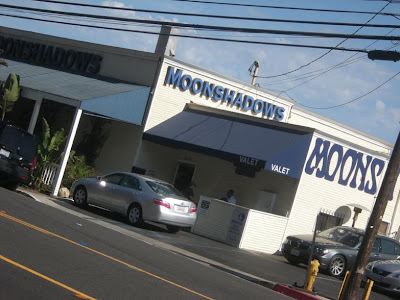
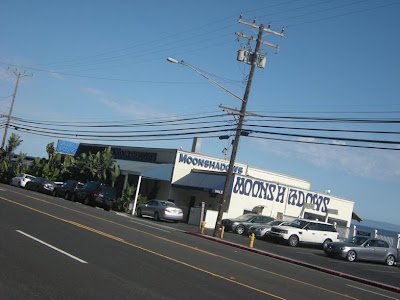
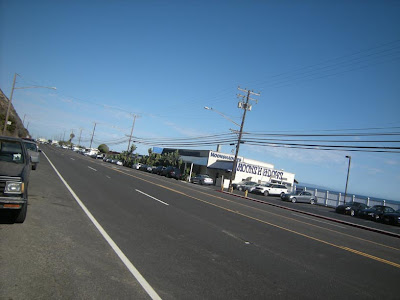

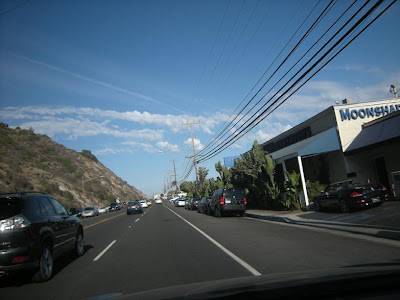
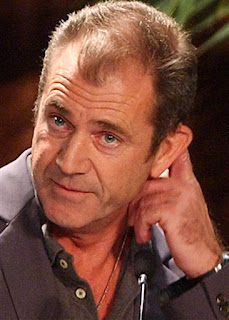
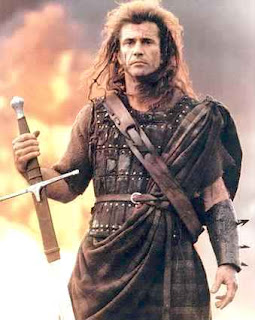

















.jpg)
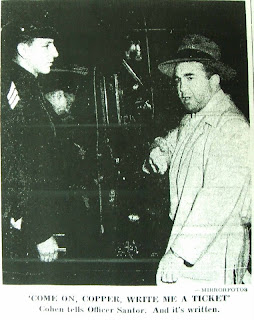.jpg)
.jpg)
.jpg)
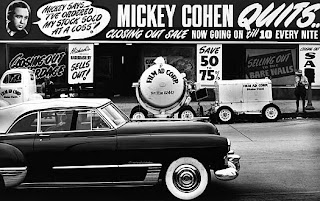.jpg)
.jpg)
.jpg)













